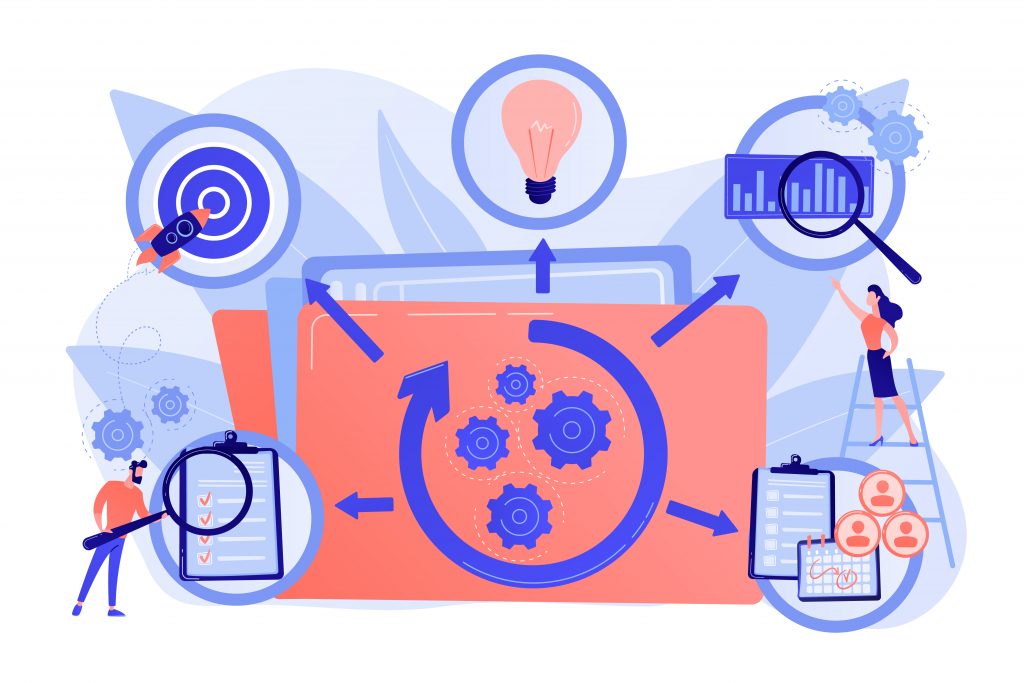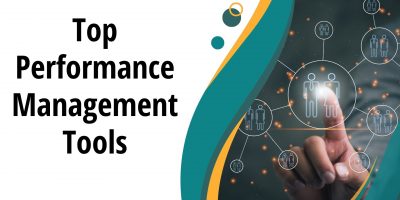
Streamlining Feedback with Standardized Performance Review Templates
Performance reviews work best when structure meets purpose. Standardized templates provide that framework, helping managers deliver clear, consistent, and actionable feedback.

When it comes to project management, one of the most critical factors to assess and manage is the risk involved in the process. Naturally, every project has some risks that follow the new changes in the process.
Accordingly, business owners must hire project managers who are not only good at executive leadership but also quite skillful regarding risk management.
In this post, we examine the risk management process and the steps of the risk management process in project management.

Risk management is known as minimizing potential issues that adversely affect a project’s schedule. Any unforeseen circumstance that could impact the people, procedures, technology and resources involved in a project is considered a risk. Project risk must be prepared for in order to be effectively managed given this unpredictability.
Therefore, risk management in project management involves identifying, evaluating, preparing for, and dealing with challenges that could threaten the project’s success.
Doing so falls under the responsibility of project managers throughout the project. Project managers must clearly understand business objectives and team members’ capacities so they can effectively manage the risks involved in the project.
To better prepare for risk management in the project management process, it is also necessary for the project managers to categorize risk types and, thus, identify them appropriately. Here are some of the risk types in a project:
Of course, project management risks can contain even more categories. Project managers should understand how these risks might affect the project outcomes and how they can mitigate their effects once they have identified the types of risks.

When addressing the risk management process, there are four steps to follow:
First, identifying the risk is the best way to protect against it since it can impact the project milestones, budget, and scope. A risk description, causes, and effects, as well as its qualitative and quantitative evaluations and mitigation strategy, all define it.
To correctly manage the risks, project managers should identify risks as accurately and detailed as possible. Moreover, the risk title must be brief, self-explanatory, and clearly stated.
All team members can and should identify risks, and it is understandable if a project manager needs access to all the data details necessary for identifying risks.
Therefore, team members can share their risk identifications with the project managers. The official process for identifying risks and creating response plans must be carried out through discussions with risk owners, which is the responsibility of risk managers.
Risk assessments come in two forms:
In most projects, the goal of the quantitative assessment is to create a financial appraisal of the potential economic impact of a risk. These sums represent an unanticipated prospective expense initially unincluded in the project budget. It is therefore required to combine these values to determine the cost of the risk effects. This phase will enable risk managers to calculate how much more funding they will need for the project risks.

A project manager must first prepare a treatment plan that details its strategy for managing hazards. The risk treatment strategy aims to lessen the likelihood of the risk occurrence.
Project managers are in charge of tracking the development of the treatment step. When formulating a treatment strategy:
It is necessary to monitor and report on risks and the strategy for addressing them. The importance of the risk will determine how often this occurs.
For effective reporting, it’s also essential to use a reliable team messaging tool to streamline communication. With monitoring and reporting, it can be made sure that there are appropriate forums for escalation, enabling proper and timely risk responses.
The risk management process is challenging but attainable when following the abovementioned steps. One way to better understand the project status, including its deadlines, and the team productivity, is to use project management tools.
Finally, knowing where the project is and in what direction it is heading is essential to prepare for the type of risks that may occur during the process.
Browse our curated list of vendors to find the best solution for your needs.
Subscribe to our newsletter for the latest trends, expert tips, and workplace insights!

Performance reviews work best when structure meets purpose. Standardized templates provide that framework, helping managers deliver clear, consistent, and actionable feedback.

Uncover the latest strategies and tools to elevate your organization’s performance management practices for a more efficient and high-achieving workforce based on a good company culture that attracts and retains A players in the industry.

Discover the value of performance management tools in the modern business environment and explore top-performing software programs and their features.

Most employees and managers dread appraisals, yet nearly every organization still uses them. Is it just a corporate tradition, or do they deliver real value?
Used by most of the top employee benefits consultants in the US, Shortlister is where you can find, research and select HR and benefits vendors for your clients.
Shortlister helps you reach your ideal prospects. Claim your free account to control your message and receive employer, consultant and health plan leads.